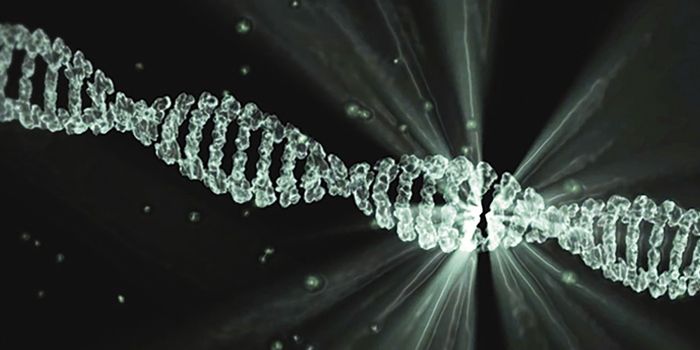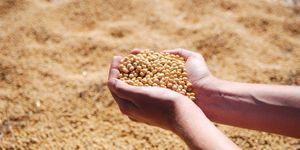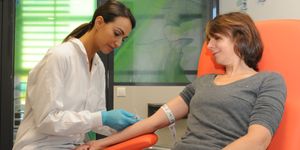Scientists have shown that it's possible to assess what organisms might be living in a particular habitat by collecting samples and looking for so-called environmental DNA (eDNA). Organisms shed their DNA into the environment around them; researchers can easily identify microbial species in bits of soil or water, for example. Now, investigators have demonstrated that it's possible to obtain useful samples of DNA from air. The findings could have a wide variety of applications in environmental and forensic science, or public health, for example.
In a study reported in PeerJ in March of this year, scientists took samples of air by pumping it through a filter that was then collected, from a room where naked mole rats had lived. They were able to detect both naked mole rat DNA and human DNA in these samples.
"The use of eDNA has become a topic of increasing interest within the scientific community particularly for ecologists or conservationists looking for efficient and non-invasive ways to monitor biological environments," said first study author Dr. Elizabeth Clare, a Senior Lecturer at Queen Mary University of London. "Here we provide the first published evidence to show that animal eDNA can be collected from air, opening up further opportunities for investigating animal communities in hard to reach environments such as caves and burrows."
The scientists have already started a partnership with industry; they want to start to put this technology into practice, and noted that it has many different potential uses.
"For example, this technique could help us to better understand the transmission of airborne diseases such as COVID-19. At the moment social distancing guidelines are based on physics and estimates of how far away virus particles can move, but with this technique we could actually sample the air and collect real-world evidence to support such guidelines," said Clare.
In a recent study reported in bioRxiv, which has not yet been peer-reviewed, the investigators found that animal DNA could also be detected in air sample outdoors. They collected samples from inside and outside zoo buildings, and were able to identify seventeen species of animals that lived at the zoo or near it, like deer. Some airborne DNA from chicken and cows, likely related to food the animals are fed, was also identified.
One problem with the research that Clare acknowledged? Right now, there is no real negative control for this experiment. “I don’t know where to buy a balloon of sterile air," Clare told Science.
Sources: AAAS/Eurekalert! via Queen Mary University of London, Science, PeerJ









